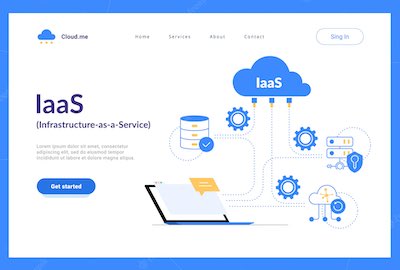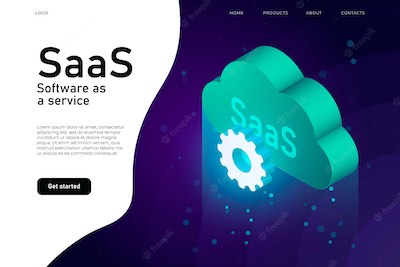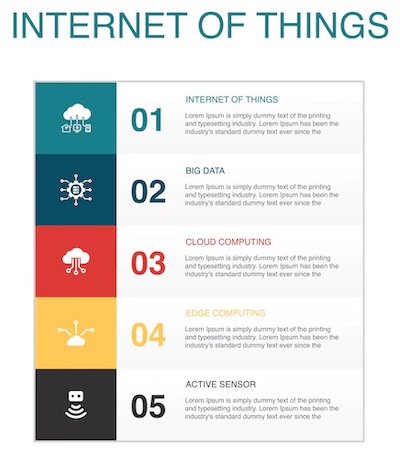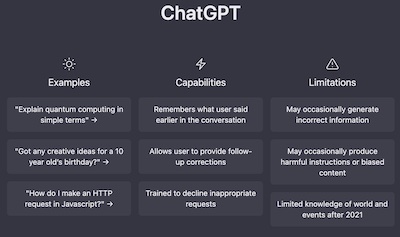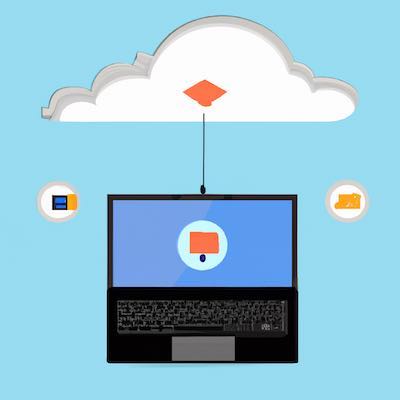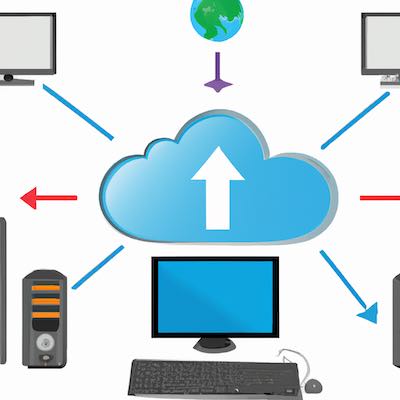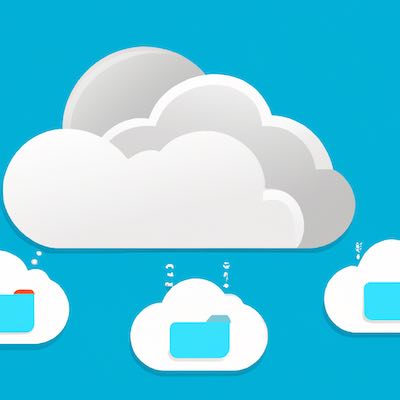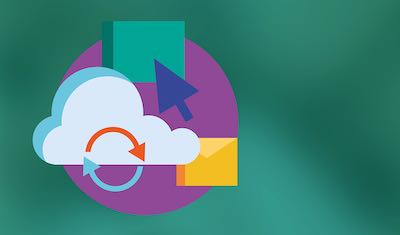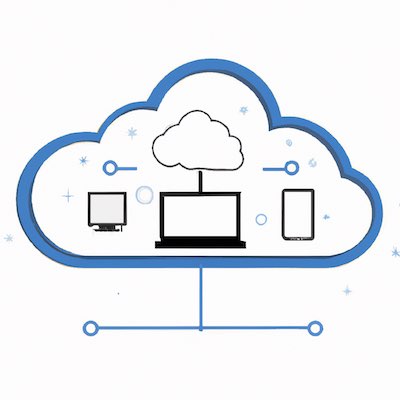 Cloud computing has revolutionized the way businesses and individuals access and manage data. The cloud offers an array of services and technologies, which can be confusing for beginners to navigate. In this article, we will explore the three primary types of cloud computing services: Infrastructure as a Service (IaaS), Platform as a Service (PaaS), and Software as a Service (SaaS).
Cloud computing has revolutionized the way businesses and individuals access and manage data. The cloud offers an array of services and technologies, which can be confusing for beginners to navigate. In this article, we will explore the three primary types of cloud computing services: Infrastructure as a Service (IaaS), Platform as a Service (PaaS), and Software as a Service (SaaS).
Infrastructure as a Service (IaaS)
Infrastructure as a Service (IaaS) is a type of cloud service that offers computing resources such as servers, storage, and networking over the internet. With IaaS, users have complete control over their virtual machines and operating systems. This allows them to build and manage their own IT infrastructure in the cloud.
IaaS providers offer a range of services that allow users to build and manage their own virtual infrastructure, including storage, compute, and networking. They typically provide users with an easy-to-use interface, which allows them to configure, manage and monitor their virtual machines and applications.
Benefits of IaaS:
- Scalability: IaaS allows users to quickly and easily scale their computing resources up or down based on demand.
- Cost Savings: IaaS eliminates the need for users to invest in expensive hardware and software, reducing their IT costs.
- Accessibility: IaaS allows users to access their computing resources from anywhere with an internet connection, making it ideal for remote work.
- Control: IaaS gives users complete control over their virtual machines and operating systems, allowing them to build and manage their own IT infrastructure in the cloud.
Examples of IaaS:
- Amazon Web Services (AWS): One of the most popular IaaS providers, AWS offers a range of services including Amazon Elastic Compute Cloud (EC2), Amazon Simple Storage Service (S3), and Amazon Virtual Private Cloud (VPC).
- Microsoft Azure: Microsoft Azure provides a range of services, including virtual machines, storage, and networking. It is widely used for building and deploying applications in the cloud.
- Google Cloud Platform: Google Cloud Platform provides a range of IaaS services, including virtual machines, storage, and networking. It is known for its scalability and flexibility.
Platform as a Service (PaaS)
Platform as a Service (PaaS) is a type of cloud service that provides users with a complete development and deployment environment for their applications. With PaaS, users don't have to worry about managing the underlying infrastructure; instead, they can focus on developing and deploying their applications.
PaaS providers typically offer a range of development tools, including frameworks and libraries, to help users get started. They also offer application hosting, scaling, and management services, allowing users to deploy their applications quickly and easily.
Benefits of PaaS:
- Reduced IT Overhead: PaaS eliminates the need for users to manage the underlying infrastructure, reducing their IT overhead.
- Speed: PaaS allows users to quickly and easily deploy their applications, reducing time-to-market.
- Flexibility: PaaS offers flexible, on-demand services that can be quickly adapted to meet the user's needs.
- Scalability: PaaS allows users to easily scale their applications as their needs change.
Examples of PaaS:
- Heroku: Heroku is a popular PaaS provider that offers a range of development and deployment tools. It is widely used for building and deploying web applications.
- Google App Engine: Google App Engine is a PaaS platform that allows users to build and deploy web applications in the cloud. It offers a range of development tools and scalability options.
- Microsoft Azure: Microsoft Azure offers a range of PaaS services, including Azure App Service and Azure Functions. It is widely used for building and deploying applications in the cloud.
Software as a Service (SaaS)
Software as a Service (SaaS) is a type of cloud service that provides users with access to software applications over the internet. Instead of downloading and installing software on their devices, users can access it through a web browser. With SaaS, users can use applications without having to worry about the underlying infrastructure or software maintenance.
SaaS providers typically offer a range of applications, including productivity tools, customer relationship management (CRM) software, and enterprise resource planning (ERP) software. This type of cloud computing is ideal for companies that want to reduce their IT costs and simplify their software management.
Benefits of SaaS:
- Cost Savings: SaaS eliminates the need for users to invest in expensive hardware and software, reducing their IT costs.
- Accessibility: SaaS allows users to access their applications from anywhere with an internet connection, making it ideal for remote work.
- Scalability: SaaS allows users to easily scale their applications as their needs change.
- Maintenance: SaaS providers handle software maintenance, reducing the burden on the user.
Examples of SaaS:
- Salesforce: Salesforce is a popular CRM software that is delivered as a SaaS solution. It is widely used for managing customer relationships.
- Microsoft Office 365: Microsoft Office 365 is a popular productivity suite that is delivered as a SaaS solution. It includes applications such as Word, Excel, and PowerPoint.
- Dropbox: Dropbox is a popular cloud storage service that is delivered as a SaaS solution.
Choosing the Right Cloud Service
When choosing a cloud service, it's important to consider your specific needs and the resources you require. Here are a few things to consider when choosing a cloud service:
- Your business goals and objectives: Determine your business goals and objectives and choose a cloud service that aligns with them.
- Your IT infrastructure: Consider your existing IT infrastructure and choose a cloud service that integrates with it.
- Your budget: Consider your budget and choose a cloud service that fits within it.
- The level of control you require: Consider the level of control you require over your computing resources and choose a cloud service that offers the appropriate level of control.
Conclusion
Cloud computing has revolutionized the way businesses and individuals access and manage data. Understanding the three primary types of cloud computing services, IaaS, PaaS, and SaaS, can help you determine the right solution for your specific needs. Whether you're looking to build and manage your own IT infrastructure, develop and deploy applications, or access software applications over the internet, there is a cloud service that can help you achieve your goals. By considering your specific needs and the resources you require, you can choose the right cloud service for your business or personal needs.

